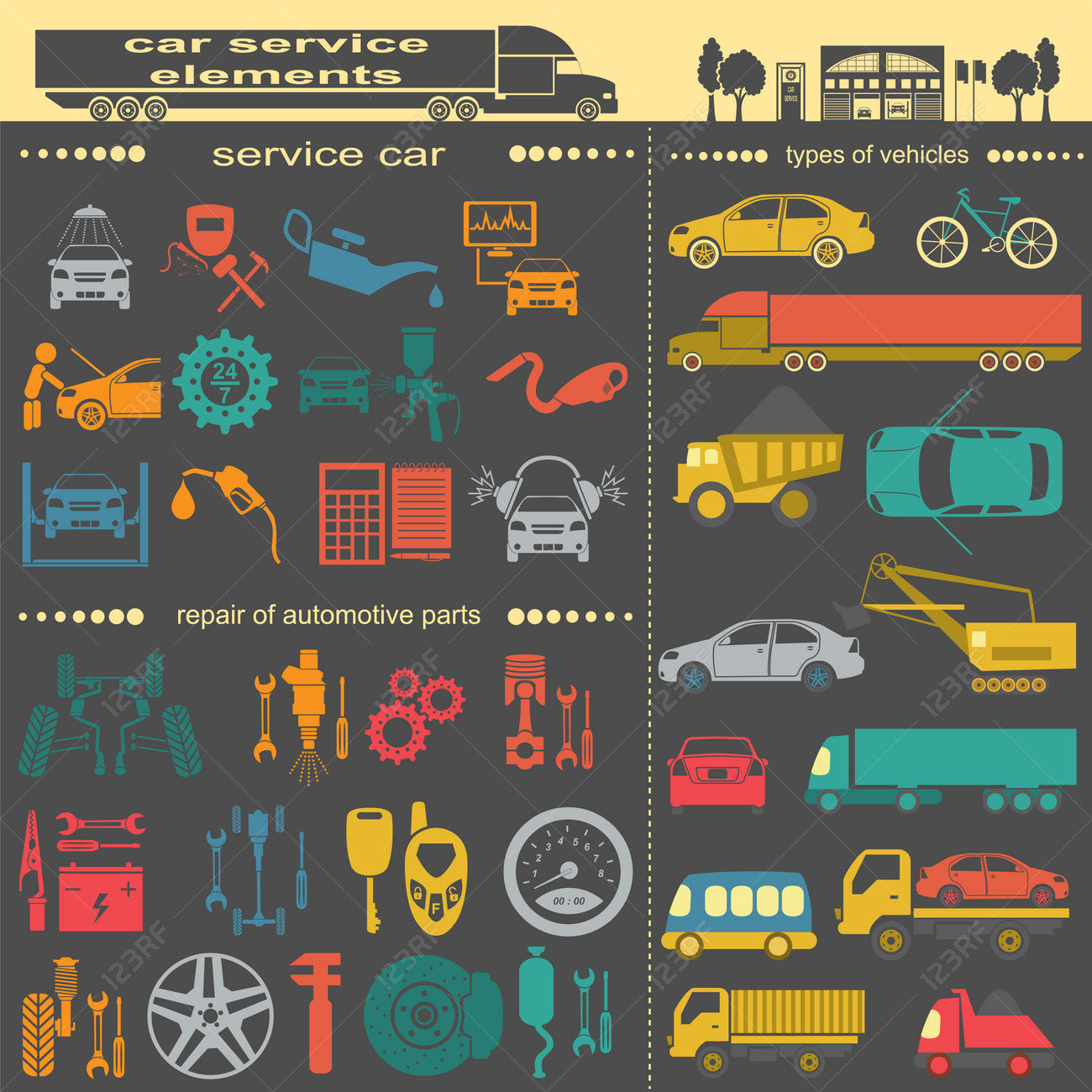Open The Hood To Discover Usual Brake System Concerns And Their Repairs, However What Regarding Spongy Brake Pedals? Discover The Solution Ahead! Discover More Below
Open The Hood To Discover Usual Brake System Concerns And Their Repairs, However What Regarding Spongy Brake Pedals? Discover The Solution Ahead! Discover More Below
Blog Article
Short Article Author-Prater Dean
When it involves your automobile's brake system, comprehending common concerns can save you from prospective safety threats. From identifying brake pad wear to addressing brake liquid leakages, understanding how to tackle these issues is important. But what concerning those squishy brake pedals? There's a solution for that as well. Keep tuned for more information about these issues and the sensible options that can keep you securely when driving.
Brake Pad Wear and Replacement
When it comes to preserving your automobile's brake system, one essential aspect to keep an eye on is the wear and replacement of brake pads. Brake pads are necessary parts that push against the brake rotors to slow down or quit your vehicle. Gradually, these pads wear down because of rubbing, requiring normal inspection and replacement to ensure your brakes work effectively.
To determine if your brake pads require substitute, pay attention for screeching or grinding noises when you use the brakes. Furthermore, if your vehicle takes longer to stop or you see vibrations or pulsations when stopping, it may be time to replace the brake pads.
Neglecting used brake pads can result in reduced braking efficiency, damage to other brake components, or perhaps brake failing.
Replacing https://brake-pads94938.blogofchange.com/30791331/the-progression-of-automotive-repair-work-innovation-advancements-forming-the-market is a relatively simple process for many automobiles. However, if Find Out More 're not sure or unpleasant performing this task, it's best to get in touch with a professional mechanic to ensure correct installation and optimal brake performance.
Consistently examining and replacing brake pads is essential for your safety and security and the long life of your vehicle's stopping system.
Brake Liquid Leaks and Upkeep
To ensure your automobile's brake system works efficiently, it is essential to likewise take note of brake fluid leakages and upkeep. Brake liquid is critical for transferring the force from your foot on the brake pedal to the actual braking device. https://www.mytwintiers.com/automotive/spend-less-at-the-pump-with-these-fuel-saving-tips/ with brake fluid is leakages, which can take place because of scrubby brake lines, seals, or links. If you discover a pool or drips under your vehicle, it's essential to address the leakage without delay to stop a prospective brake failing.
Consistently checking your brake fluid level is key to keeping your brake system. Low brake fluid can lead to air getting in the brake lines, which endangers braking performance.
Furthermore, old or polluted brake fluid can impact the overall performance of your brakes. It's advised to follow the manufacturer's guidelines on when to transform the brake fluid, typically every 2 years.
Spongy Brake Pedal: Blood Loss Brakes
If you've ever experienced a spongy brake pedal while driving, you understand the importance of maintaining a firm and receptive stopping system. One common source of a spongy brake pedal is air caught in the brake lines. When air enters the brake system, it can lead to a loss of hydraulic pressure, leading to that disturbing mushy sensation when you press the brake pedal.
To solve this concern, hemorrhaging the brakes is necessary. Hemorrhaging the brakes involves eliminating the air from the brake lines to recover correct hydraulic stress.
To hemorrhage the brakes, you'll require a helper to help you. Start by situating the brake bleeder valve on each wheel, typically found near the brake caliper. With a wrench, loosen up the valve and have your assistant press the brake pedal while you observe any air bubbles appearing. Repeat this procedure for each wheel, starting from the wheel farthest from the master cyndrical tube and relocating more detailed.
As soon as you no more see air bubbles and only clear fluid arises, tighten the shutoff and top up the brake liquid tank as needed. Hemorrhaging the brakes helps ensure a company brake pedal and improves total braking performance.
Final thought
Now that you comprehend common brake concerns and exactly how to repair them, you can ensure your vehicle's security and efficiency. Keep in mind to pay attention for warning signs like shrilling noises or squishy brake pedals, and resolve them immediately. Normal upkeep and timely substitutes are essential to keeping your brakes in leading condition. Keep proactive and mindful to your brake system to take pleasure in secure and reliable driving experiences.
